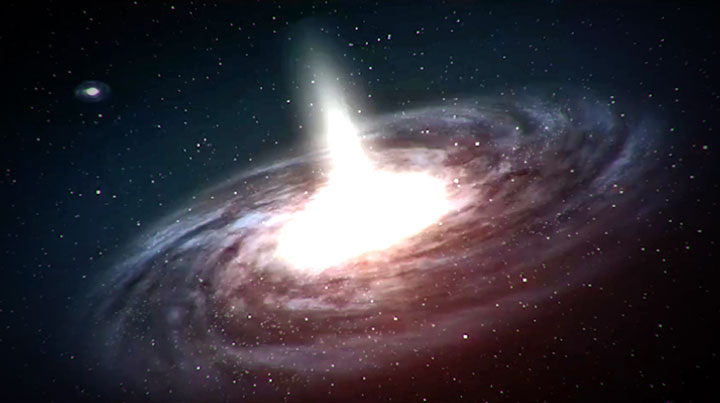V-ray Maya
V-Ray 5 for Maya 30 day evaluation Evaluate V-Ray for Maya and all of its features for free for 30 days. This 30 day evaluation grants you full access to V-Ray and all of its tools. V-Ray 5 for Maya was built to meet the creative demands of CG artists and modern production pipelines. My name is Dariush Derakhshani, and I've very happy to present you with my Pluralsight course on rendering with V-Ray in Autodesk's Maya. V-Ray is an impressive and powerful renderer that spans many different applications from 3ds Max to Revit to Maya. In my experience, it really has a straightforward style and gives you renderings that.
With Universal Scene Description (USD) support for V-Ray 5 for Maya, Chaos ties the renderer to one of the fastest-growing file formats in the VFX industry. It offers a non-destructive way for artists to collaborate and assemble their scenes, which makes it easier to store and move data between different applications.
The USD format, initially developed by Pixar, holds the most common types of scene data. Assets such as lights, geometry, shaders, hair, and rigs, can be shared and dynamically updated in an easy way. As pipelines have become more complex, the need for a universal format has grown. The Maya implementation supports several key asset exchanges which include static/animated meshes, V-Ray materials, subdivisions, and displacement.
Chaos has released V-Ray 5 for Maya Update 1, the new version of the Maya edition of the renderer, adding initial support for USD-based workflows.
The update also adds a new progressive caustics system, support for Cryptomatte elements in progressive renders, new masking options in the V-Ray Frame Buffer, and integrates Intel’s Open Image Denoise.
Initial support for USD-based visual effects workflows
Along with V-Ray for Houdini, also updated yesterday, V-Ray for Maya becomes the first version of the renderer to support VFX workflows based around Pixar’s Universal Scene Description (USD).
Vray Maya Trial
Artist can load USD files in Maya via the new Maya USD plugin bundled with the software in Maya 2022, and render them in V-Ray with mayaUsdProxy nodes.
The initial implementation supports static and animated meshes – both transformations and deformations – and V-Ray materials, textures, displacement and subdivision encoded into USD files.
Motion blur is supported, though it isn’t currently possible to render hair or particles from USD files.
Users can also export .vrscene files from V-Ray for Maya and render them in V-Ray Standalone, although it isn’t currently possible to export V-Ray lights or all types of displacement.
You find more details on the features currently supported in the online documentation.
New Opacity Cutout tool converts opacity-mapped textures to cutout geometry
In addition, V-Ray 5 for Maya Update 1 introduces a new Opacity Cutout tool, which converts low-poly geometry with opacity-mapped textures into actual cutout geometry, reducing render times.
The workflow, which is intended mainly for use with opacity-mapped leaves on 3D plants, preserves instances, transformation and deformation, but currently only works with native Maya meshes.
V-ray Maya Download
New materials, lighting, rendering and post-processing features
The other new features in the release were originally introduced in V-Ray 5 for 3ds Max Update 1 earlier this year, so you can read about them in more detail in our original story.
They include updates to the way that translucency is handled in VRayMtl, the standard V-Ray Material, and support for coloured transparency in VRayEnvironmentFog.
In addition, Maya users now have access to the library of over 500 readymade real-world materials introduced with V-Ray 5 for 3ds Max.
There is also a new system for calculating caustics progressively, without the need to pre-calculate photon maps; and dome lights can be combined additively within a scene.
For CPU rendering, Open Image Denoise (OIDN), Intel’s CPU-based render-denoising system, is now integrated in V-Ray.
For GPU rendering, all of the features supported by V-Ray GPU are now available out of core – when rendering scenes larger than fit into GPU memory – and the V-Ray light cache is now calculated on the GPU.
Artists can also now use any of V-Ray’s masking render elements – Cryptomatte, MultiMatte and ID passes – as masks in the V-Ray Frame Buffer, and Cryptomatte elements are now supported in progressive renders.
Pricing and system requirements
V-Ray 5 for Maya Update 1 is available for Maya 2018+, running on Windows 8.1+, RHEL 6.5/7.2 WS and CentOS 6.5/7.2 Linux, and Mac OS X 10.11+.

A perpetual workstation licence and one render node costs $1,180. Rental costs $80/month or $470/year.
Read an overview of the new features in V-Ray 5 for Maya Update 1 on the product website
V-ray Maya

V-ray Maya Images
Related posts:
V-ray For Maya
Tags: caustics, Chaos, Chaos Group, colored transparency, compositing, CPU rendering, Cryptomatte, GPU rendering, instancing, Intel, mask, material library, Maya, multimatte, new features, OIDN, Opacity Cutout, opacity-mapped geometry, Open Image Denoise, out of core rendering, plugin, price, progressive caustics, progressive render, renderer, rendering, system requirements, translucency, Universal Scene Description, USD, USD features supported, V-Ray, V-Ray 5, V-Ray 5 for 3ds Max, V-Ray 5 for 3ds Max Update 1, V-Ray 5 for Maya, V-Ray 5 for Maya Update 1, V-Ray Frame Buffer, V-Ray GPU, V-Ray light cache, V-Ray Material, VFB, vfx, visual effects, VRayEnvironmentFog, VRayMtl, vrscene